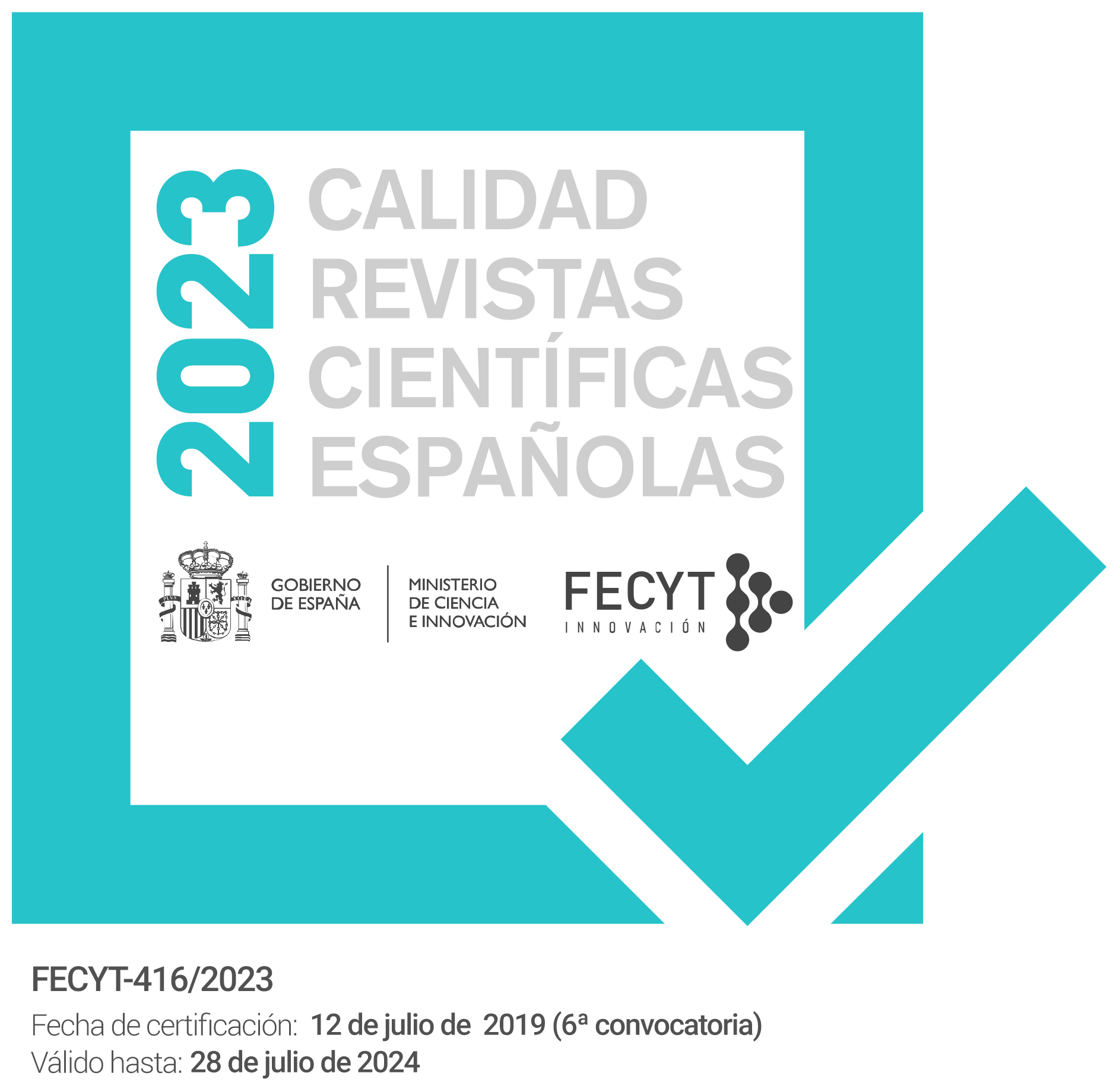Las relaciones comerciales entre Gran Canaria y Holanda durante el seiscientos
Keywords:
Gran Canaria, Holanda, comercio, holandeses, siglo XVII, extranjeros, Holland, comerse, dutch, seventeenth century, foreignersAbstract
El articulo es un estudio del comercio entre Holanda y la isla de Gran Canaria en el siglo diecisiete. Durante este período, Holanda va a convertirse en la primera potencia comercial del mundo y pretendemos conocer si existía un interés por parte de los holandeses por introducirse en el comercio exterior de Canarias. En él, analizamos las relaciones comerciales, principalmente en dos momentos: la Tregua de los Doce Años (1609-1612) y la segunda mitad del siglo. Para ello investigamos la evolución temporal, el importe de ese comercio, los productos que se importan desde Holanda, etc.
The article is an study about the commerce between Holland and the Gran Canary island in the seventeenth century. In this period, Holland converts in the first mercantile authority of the world and we want to know if dutchs have an interest to introduce their products in the Canary Islands' foreign commerce. In this way, we analize the mercantile relations, mainly in two ages: the Twelve Years Truce (1609-1621) and the second half of the century. In this purpose, we investigate the temporary evolution, the value of this commerce, the products what the merchants import from Holland, etc.
Downloads
Downloads
Issue
Section
License
The articles are open access distributed under the terms of the Creative Commons Attribution-NonCommercial-NoDerivatives (CC BY-NC-ND) Spain 4.0 license. Authors who publish in this journal agree with the following terms:
a) Authors retain the copyright and guarantee the journal the right to be the first publication of the work as well as licensed under a Creative Commons Attribution License that allows others to share the work with a recognition of the authorship of the work and the Initial publication in this magazine.
b) Authors may separately establish additional agreements for the non-exclusive distribution of the version of the work published in the journal (for example, place it in an institutional repository or publish it in a book), with recognition of its initial publication in this magazine.
c) Authors are allowed and encouraged to disseminate their work electronically (for example, in institutional repositories or on their own website) before and during the submission process, as it may result in productive exchanges, as well as a earliest and largest citation of published works (See The Effect of Open Access).



